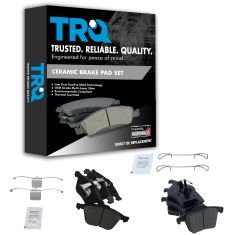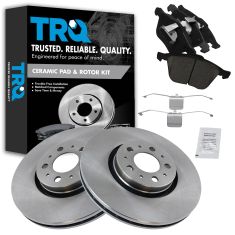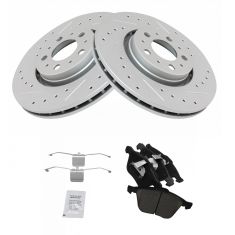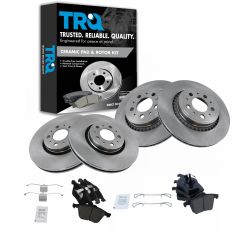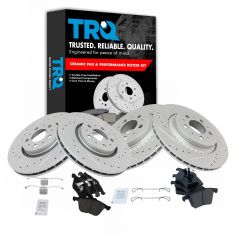1ABPS02727-2003-14 Volvo XC90 with 12.4 in. (315mm) Diameter Front Rotors Front Ceramic Brake Pads TRQ BFA73273
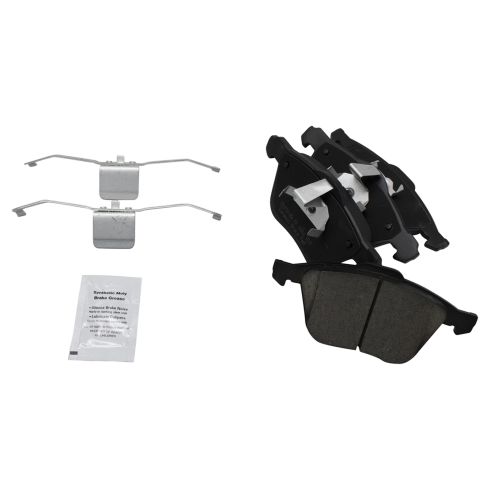
Replaces
2010 Volvo XC90 with 12.4 in. (315mm) Diameter Front Rotors Front Ceramic Brake Pads TRQ BFA73273

Product Reviews
Loading reviews
There are no reviews for this item.
Customer Q&A
No questions have been asked about this item.
Volvo is a registered trademark of Volvo Trademark Holding AB. 1A Auto is not affiliated with or sponsored by Volvo or Volvo Trademark Holding AB.
See all trademarks.









